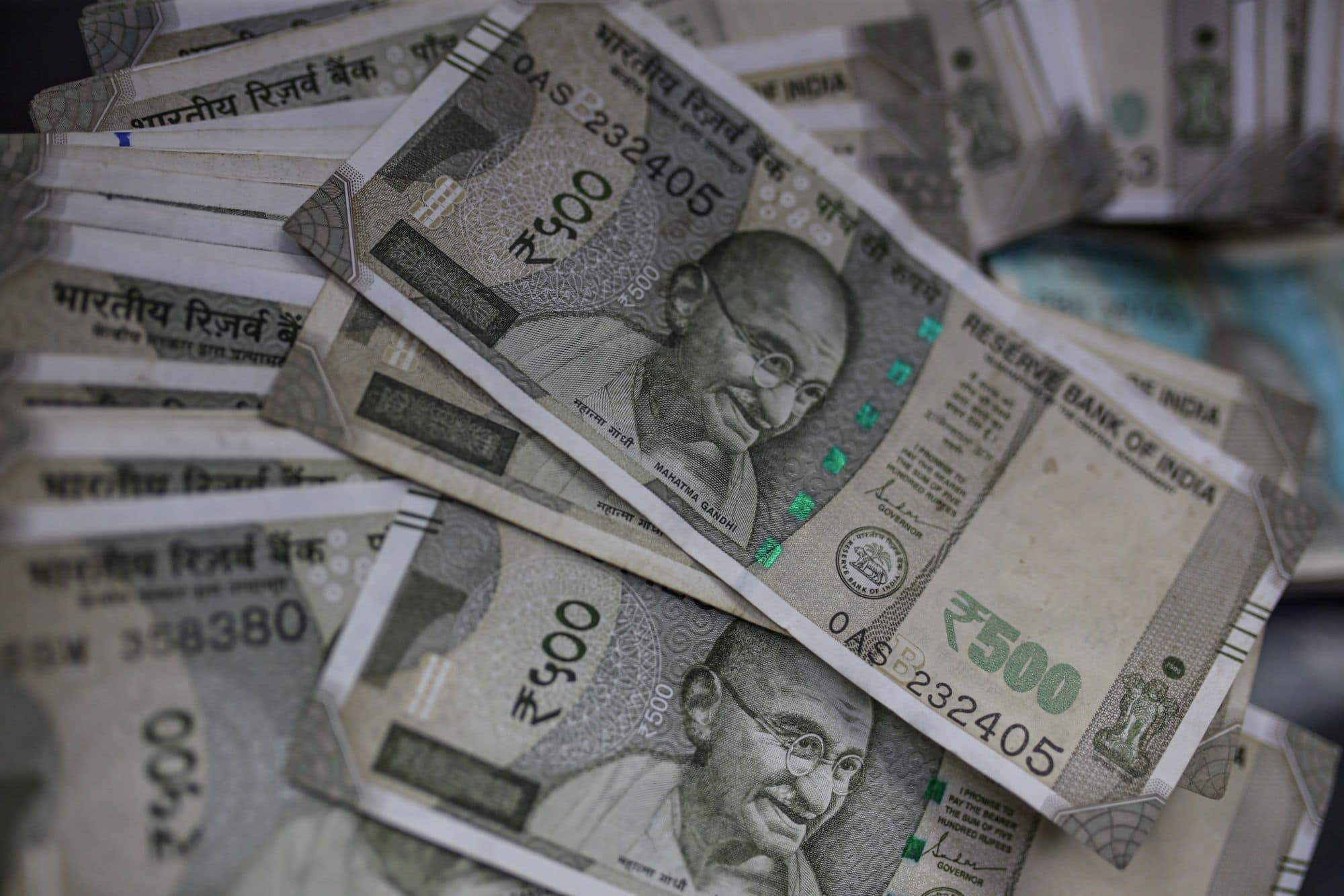Bajaj Finance with its digital transformation is quickly moving from just consumer finance to multiple segments and harnessing its large franchise base digitally.

Bajaj Finance rises 15% in last week of July; Here's what's next for the financial major
- Bajaj Finance’s (BAF) Q1FY23 earnings surprised positively with strong all-round operating performance. On the back of continued strong client additions (+2.7 million), AUM growth (+28% year-on-year) was balanced across segments except auto business-to-business (B2B) and securities lending.
The company saw an excellent quarter across balance sheet growth, portfolio quality and profitability. It also saw highest-ever new customer acquisition in the first quarter.
Overall, strong start to the fiscal with the company back at all long-term guidance metrics for the last three quarters. It is also on track to go fully digital across all products and services on app (January 2023) and web (March 2023).
Bajaj Finance’s (BAF) Q1FY23 earnings surprised positively with strong all-round operating performance. On the back of continued strong client additions (+2.7 million), AUM growth (+28% year-on-year) was balanced across segments except auto business-to-business (B2B) and securities lending. Net interest margins (NIMs) witnessed reflation as BAF exercised pricing power across most segments, partially offset by elevated opex.
Management has indicated Jan-23 and Mar-23 as the timeline for launch of all digital initiatives on app and web respectively. However the incremental portfolio growth from new-to-franchise (NTF) customers is likely to demand higher capital investments without the assurance of either a stronger customer franchise or greater customer stickiness.
Key triggers for future
• Digital transformation, client additions and ambitious targets on AUM growth (25-27% CAGR to |3.8 – 4 lakh crore by FY25) to boost profitability.
• Asset quality performance continues to improve with high profits enabling provisions & w/off under check. • Strong deposit base and plans to raise to 25% of overall liabilities
• RoE at >18-19% and RoA at >4% with guidance over 4.5%
Omni-channel and digital ecosystem
Customer acquisitions and new loans trajectory have been strong and the momentum will only get stronger from hereon with the digital ecosystem – app, web platform and the full-stack payment offerings – in place.
Company to deliver a healthy AUM CAGR of 26% over FY22- FY24. Even though the management guided that it will prioritize margins over loan growth, In FY23 given that levers on borrowing costs have largely played out and it has limited ability to pass on the higher cost of funds on a large fixed-rate book.
New loans booked grew 60% YoY to 7.4 million (on a low base hurt by Covid). The number of new loans booked should be seen in the context of the strategic decision of BAF to originate a lower quantum of REMI and short-term wallet loans. Management guided for 9-10m new customer acquisition run- rate in FY23E.
Core AUM (adjusted for IPO financing) increased ₹119 billion in 1QFY23 and was up 31% YoY/6% QoQ to ₹2.04 trillion. Sequentially, growth was driven by Consumer B2B (+5%), Consumer B2C (+6%), Rural (+10%), SME (+6%) and Mortgages (6%). Auto Finance (-2% QoQ) and complete absence of IPO financing receivables were the drags in the quarter.
Asset quality
Flow basis credit costs was ₹6.25 billion (excluding the utilization of management overlay and one-off of a large B2B commercial account). On portfolio credit quality, 10 portfolios are green and 1 is yellow (2W and 3W).
Omnipresence
11 million app downloads during the quarter and total net installs (cumulative) stood at 23 million. Expects 35-38 million customers on the consumer app by Mar 23.
Digital EMI Card
Activation rates on EMI Cards on a 12-month basis would be higher than the activation rate of credit cards. 60% of the Digital EMI Card customers are paying ₹550/- annual fees for the card. From a 12 month vintage, it sees 45%-50% activation rates in Digital EMI Card.
Extracts from conference call
The company said it is on track to go fully digital across all products and services on app by Jan 2023 and web by March 2023. By March 23 BAF will be fully digital. Phase 1 of app platform is live on both the app stores. Phase 2 will have 3 sprints. Sprint 1 is scheduled to go live on 31 August 2022, sprint 2 on 15 November 2022 and sprint 3 on 31 January 2023.
Quarterly run rate of ₹ 50-54k growth in net balance sheet in FY23. B2B disbursement run rate of ₹ 60-64k in FY23. Comfortable to add 9-10 million new customers on full year basis.
Asset quality expected to continue improve further in next 2 quarters. Write offs for last 3 quarters was largely steady. During Q1, total written off was ₹ 390 crore (including commercial account).
Company will continue to focus on margins and growth in that order. Opex to NII will remain elevated between 35.5- 36.0% in 2QFY23 and then it should start moderating from 3QFY23 onwards. Write-offs (other than the one-offs) have remained flattish. Guided that credit costs should be like or lower than what it delivered in FY18-19. Expects INR500- 540b of core AUM growth in FY23.
Note: This article is for informational purposes only. Please speak to a SEBI-registered investment advisor before making any investment related decision.
Shuchi Nahar is a Certified Research Analyst. She can be found on Twitter at @shuchi_nahar